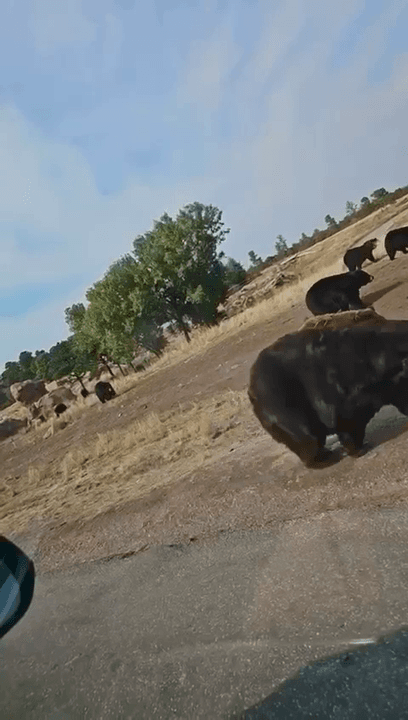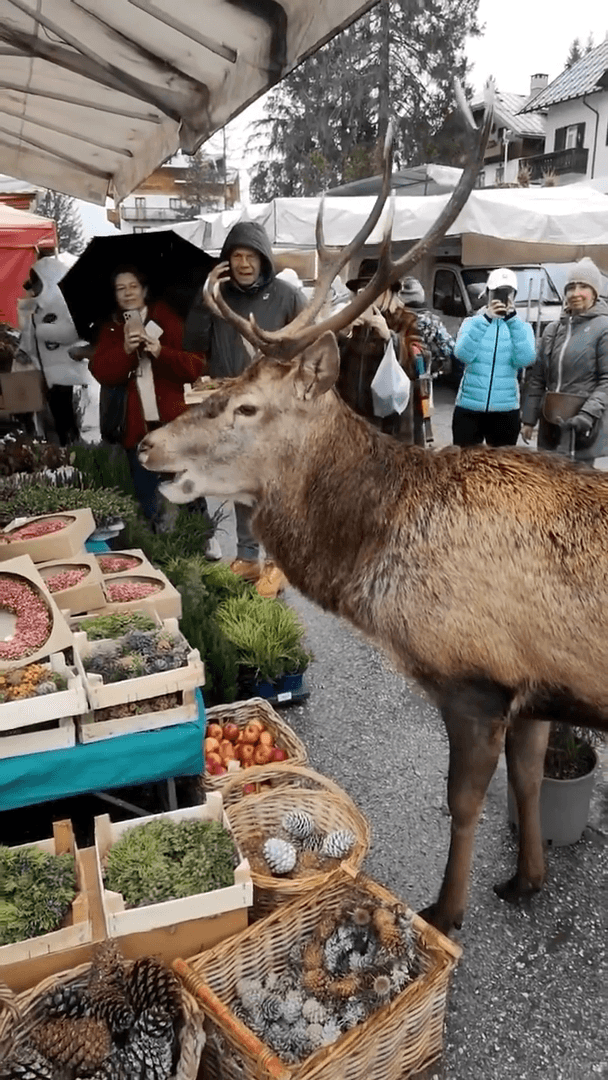
Hunting in TATAOUINE: know more about Hunter Demographics and Participation, Geography and Ecological Features Geography and Ecological Features in Tunisia Tataouine is a predominantly arid region located in the southern part of Tunisia, known for its vast, dry landscapes and rugged terrain. The region is characterized by a mix of desert areas, rocky outcrops, and sparse vegetation, offering a unique environment for hunters. Tataouine’s landscape is dominated by semi-desert and steppe ecosystems, with scattered oases and seasonal water sources that attract wildlife. Despite its dry climate, Tataouine has a variety of ecosystems, including some shrublands and small patches of forested areas, that support certain types of game species. The climate is extremely hot in the summer with cold, dry winters, which affects the movement and behavior of local wildlife, requiring hunters to adapt to the harsh conditions. Hunter Participation in Tataouine Region The hunting community in Tataouin
Post: 4 August 10:20
















































